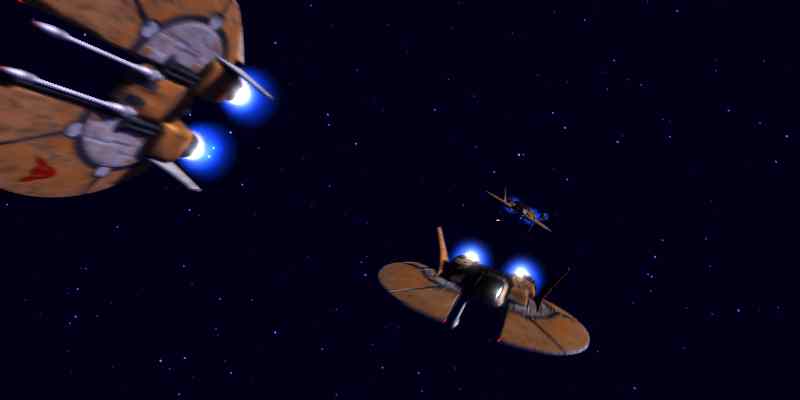

The music was just playing through linearly in sync to a recorded clip of dogfighting action. (Although in the version people were raving about on the trade show floor, the music wasn’t really reacting to any situation-that hadn’t been implemented yet. Wing Commander was also the first time that a game was heralded for a soundtrack that reacted to battle situations. So, I was using that to make arrangements for people, and it eventually led me to getting the Wing Commander gig. And here’s this little box that could do all these things.

A synthesizer that could do two voices was unheard of. Because a synthesizer used to cost thousands of dollars. But that in an affordable package was just crazy good. You could theoretically get 32 different notes at the same time (which you really couldn’t). You could run eight different instruments at the same time and a drum kit. It wasn’t so much for the excellent tone, as much for the number of voice you could get. The MT-32 was a huge breakthrough in synthesizers. Because, before that, game music kind of went dow-dow-dow-dow-dow-boo-boo-boo-boo-boop, instead of consisting of orchestral music noises. It was one of just a few games to use the Roland MT-32 soundcard-that alone gave a huge sonic advantage over almost every other game. I also heard that it was the hit of the trade show at which it was released, and folks crowded around and stayed crowded around to watch the demo play-and to hear it. More people bought new computers to play Wing Commander in 1991 than for any other reason.įor a while.


 0 kommentar(er)
0 kommentar(er)
